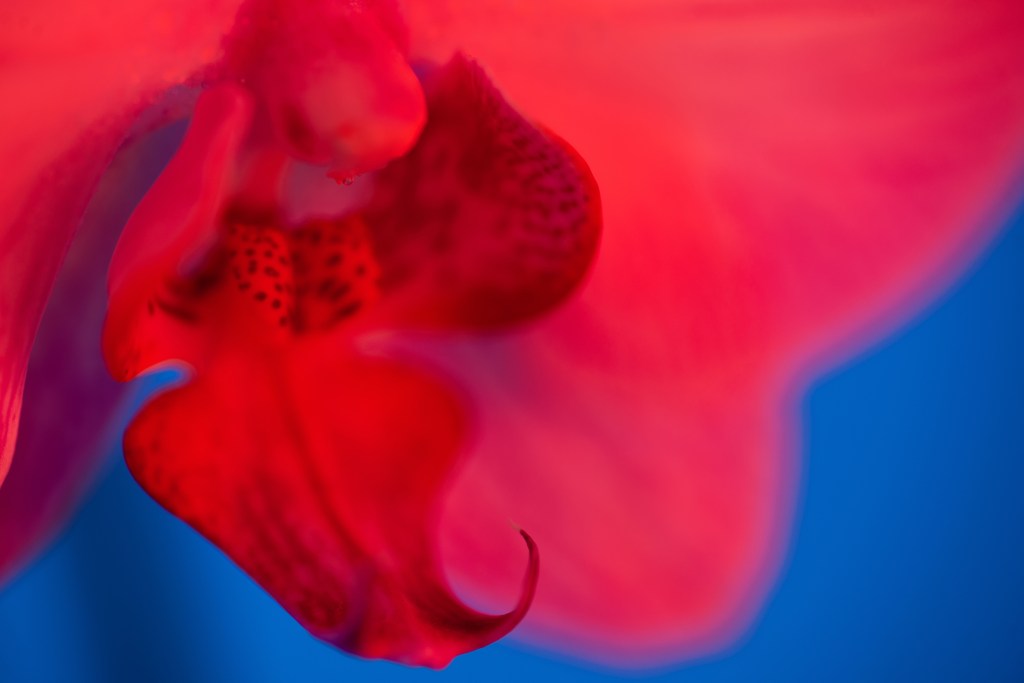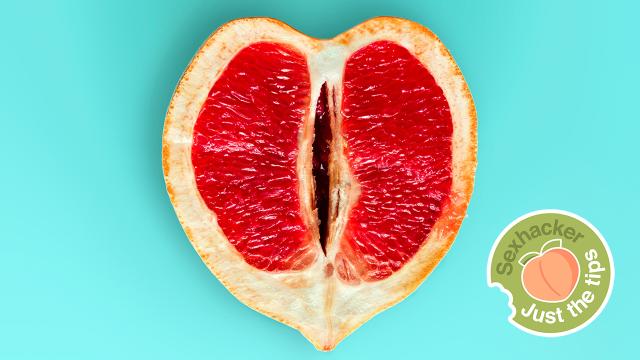Of all the body parts, the clitoris is easily one of the most fascinating and possibly the most misunderstood (as the New York Times has recently highlighted). This sex organ is often mistaken for a teeny tiny pleasure button (incorrect), proving how shockingly limited our understanding of the clitoris is, despite how widely enjoyed it may be.
Dr. Suzanne Belton PhD and sexologist Christine Rafe recently held an education session with Womanizer in which they covered the ins and outs of the clitoris, and let me tell you, this deep dive was quite eye-opening.
Here are 5 things you probably didn’t know (but should) about the clit

The clitoris was only officially mapped out 17 years ago
Australian scientist Professor Helen O’Connell officially mapped out the anatomical structure of the clitoris in 2005 – even though, as Dr. Belton highlighted, we’ve seen research on it dating back to 1559.
“It is unlikely that throughout human history women did not know they had clitoris or the orgasmic function. However, the naming of body parts has largely been done by men of science and knowledge has been censored over the centuries,” she shared.
Dr. Belton pointed out that over the years there have been a number of cases in which the function of the clit (pleasure) has been noted, and then seemingly ignored in science. Interesting.
“In one underwhelming moment, Gray’s Anatomy textbook removed images of the clitoris from the 1948 edition and the clitoris did not make a comeback for decades,” she explained.
“…the true anatomy of the clitoris and its remarkable orgasmic potential has featured in scientific literature but somehow continues to be omitted from school education, health professional training, Hollywood or porn vernacular in meaningful ways that promote female sexual pleasure.”
All of this has led to a low level of understanding regarding the workings of the clitoris and even what it looks like. You can learn more here or on OMG Yes, if you’re keen for more information.
The ‘g-spot’ isn’t actually a spot at all
We’ve written about this fun fact before, but it bears repeating. The g-spot is a myth. Well, kind of.
Dr. Belton explained that “While the world widely refers to internal stimulation as a ‘g-spot’, there is no anatomical ‘spot’ which will lead a woman to orgasm.
“What we refer to as the ‘g-spot’ is instead the internal wall of the clitoris.”
All that internal pleasure? It’s gifted to vulva owners by the clit, which is much more complex (and larger) than we often assume.
Rafe added to Dr. Belton’s comments, sharing that:
“The internal clitoris allows a person with a clitoris to feel pleasure through vaginal (penetrative) stimulation and becomes easier to find the more aroused you are and the more ‘engorged’ the clitoris becomes.
“The internal structure of the clitoris is bigger than the external clitoral glans, meaning that you can stimulate it internally with a finger, penis, sex toy or another penetrative object. It is also located only 1-2 inches inside the vagina, so there’s no need to worry that you, your partner or your sex toy can’t find it.”
Read that again. One to two inches inside the vagina is about as far as you need to reach to access this pleasure point.
Stimulation of the clitoris can relieve pain
Again, this is something we’ve chatted about before, but considering the lack of knowledge held in this space, it’s clearly a topic that needs to be discussed more often.
Back in 2020, Womanizer and Lunette completed a global clinical study that looked into the benefits of masturbation for the relief of period pain. This research, called the ‘Menstrubation’ study, found that 70 per cent of participants saw an improvement in pain levels from cramps as a result of regular masturbation.
“The pain-relieving benefits of masturbation are possible even if you don’t have an orgasm, so follow the pleasure in your body on that day,” explained Rafe.
“Remember that at different stages of your cycle, your body may be feeling more or less sensitive, so get creative with different types of touch, pressures, speeds and locations, to support maximum pleasure for your menstruating body. Trying different types of masturbation also increases your orgasmic potential during solo and partnered sex, as you are building new neural pathways to pleasure and orgasm.”
Arousal and the idea of ‘tightness’
There’s a long-held idea about the desirability of tightness when it comes to pleasure and the vagina – especially in hetero environments. But in most cases, this sensation really comes down to arousal.
“While the clitoris technically experiences an erection, I like to refer to it as a ‘wide-on’, because the clitoris expands outwards as it becomes engorged. So where men have hard-ons, women have wide-ons,” shares Dr. Belton.
Rafe added that this should be good news for anyone who engages in penetrative penis-in-vagina sex, ultimately.
“During arousal through both mental and physical stimulation, blood flows to the penis and clitoris, and they become engorged with blood, resulting in an erection of the organ. While erection is not essential for orgasm, the more aroused you are, the more likely it is to fill with blood and become more sensitive, ultimately supporting orgasm,” she began.
“The more engorged the entire clitoris is, the more the internal bulbs of the clitoris swell and push against the walls of the vagina, creating a tighter feel during penetration. This is great news for penis owners who want to penetrate a vagina, and is a win-win for all involved because it increases sensitivity and pleasure for both the vagina and penis.”
So, long story, short: if everyone’s adequately turned on, things will run much more smoothly.
Orgasm isn’t everything, but it’s not as complicated as some assume
Another common myth that exists in the realm of sex is that vaginal orgasms are this rare almost-mythical thing that can only be achieved in very specific circumstances.
While every body is different and orgasm may not always be a part of your experience every time, it’s often much simpler than folks assume. Rafe explained that trying to let go mentally is one of the best ways to access more pleasure.
“Letting go mentally is a key part of experiencing maximum pleasure and orgasm, and this can take some practice. A couple of tips to support getting out of your head include taking some slow, deep breaths during arousal and genital touch, and imagining that you are breathing the air into your pelvis and genital region, relaxing your muscles and tuning in to what you are feeling in that moment,” she explained.
“If your mind trails off or has an un-sexy thought, bring awareness back to the physical pleasure sensations. If you keep getting caught up in thought, try describing the pleasure in your head (e.g. ‘I am noticing tingling in my pelvic and my clitoris feels amazing when lightly stroked like this’)”. It’s hard to have other thoughts when you are thinking about exactly what you’re feeling!”
As Dr. Belton puts it, this part of your body is “designed to function and provide pleasure,” so try to enjoy it.
Want to learn more about the bodies of people with vulvas? Here’s a guide to going down, and another on orgasm.
This article has been updated since its original publish date.

Leave a Reply
You must be logged in to post a comment.